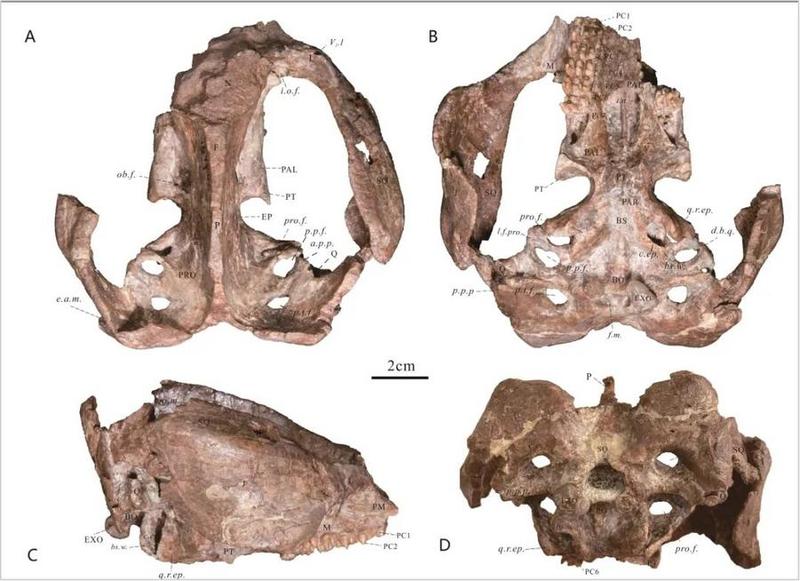Five commodities to prevent “stunting”

Jakarta (Indonesia Window) – Growth disorders in children as indicated by lower or shorter height (stunted) than their age standards or stunting are a global problem.
A report mentions that in 2017 as many as 22.2 percent or around 150.8 million children under five in the world experienced stunting.
In Indonesia, the prevalence of very short toddlers and short ones who were aged between 0 and 59 months in 2017 was 9.8 percent and 19.8 percent, respectively.
The province experiencing the highest prevalence of toddlers with such a physical condition in 2017 was East Nusa Tenggara, while the province with the lowest prevalence was Bali.
According to the Indonesian Ministry of Health, the stunting children were often said to be a genetic inheritance from both parents, so that many people just accepted the condition without doing anything to prevent it.
Whereas genetics is the smallest health determinant factor compared to those of behavior, environment (social, economic, cultural, political), and health services.
It means that stunting can actually be prevented, among others by consuming nutritious foods, both for pregnant mothers and babies the former gave births.
The Indonesian Institute of Sciences (LIPI) is developing five agricultural commodities, namely tea, cocoa, cassava, banana and mangosteen as functional commodities to prevent children from stunting.
“Indonesia needs an acceleration in handling stunting through the provision of functional food products. These five commodities are abundant and have great potential to be developed,” LIPI Deputy of Engineering Sciences Agus Haryono’s made the remark as quoted from the LIPI website here Friday.
Functional food
Meanwhile, Acting Head of LIPI Chemical Research Center, R. Arthur Ario Lelono, said the existence of functional foods is important to supplement staple foods whose nutritional values may be insufficient.
“We cannot replace such staple foods as rice so we need additional nutrients through functional foods,” Arthur explained.
One commodity that can meet nutritional needs is tea.
“Tea is very good for diet, besides its functions as an antioxidant, cholesterol-lowering, enhancing the body’s metabolism, guarding bone health, and preventing diabetes,” Arthur added.
At present LIPI is developing a prime clone of the Gambung tea series. “This tea has high polyphenols making it suitable as a raw material for functional drinks to reduce the risk of obesity,” he continued.
LIPI also carried out the formulation and identification of folic acid from a mixture of nikstamal (soaking process in an alkaline solution) of fermented corn, spinach and broccoli, as well as soybean and mung bean tempeh, Arthur said.
He pointed out that the formulation was applied to the manufacture of functional food in the form of biscuits, porridge and baby soup with different types and concentrations of nutrients that are different as complementary foods.
Reporting by Indonesia Window
.jpg)








